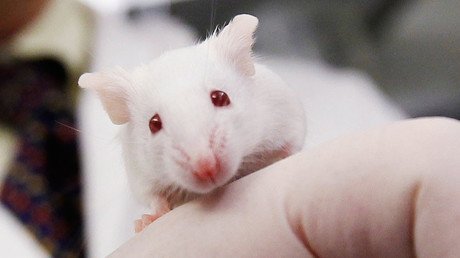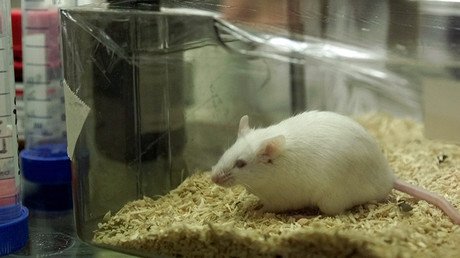Fountain of Youth? Scientists develop way to remove cellular damage that causes aging

A method to stop aging may be one step closer to reality, after researchers developed a new way to remove cellular damage that accumulates as one gets older. It could slow or reverse one of the major causes of aging, and even help those with Parkinson’s disease.
The study, conducted by researchers at the University of California Los Angeles and the California Institute of Technology, developed a new approach to remove mutated DNA from mitochondria, the small organelles that produce most of the chemical energy within a cell.
Each cell in a person’s body has hundreds of thousands of mitochondria, each of which carries its own small circular DNA genome, called mtDNA. The products of mtDNA are essential for energy production.But because mtDNA has limited repair abilities, both normal and mutant versions of it are often found in the same cell – a condition known as heteroplasmy.
As a person ages, the levels of mutant mtDNA tend to increase. When a critical threshold of mutant mtDNA has passed, cells become nonfunctional or die.The collection of mutant mtDNA over a person’s lifetime is thought to be a main contributor to aging. It is also thought to contribute to degenerative diseases such as Alzheimer’s, Parkinson’s and sarcopenia.
“We know that increased rates of mtDNA mutation cause premature aging,” study author Bruce Hay, a Caltech professor of biology and biological engineering, said in a statement.
“This, coupled with the fact that mutant mtDNA accumulates in key tissues such as neurons and muscle that lose function as we age, suggests that if we could reduce the amount of mutant mtDNA, we could slow or reverse important aspects of aging,” Hay added.
To test the theory, Hay and his colleagues genetically engineered Drosophila, the common fruit fly, so that about 75 percent of its mtDNA in muscles required for flight – one of the most energy demanding tissues in the animal kingdom – underwent mutation in early adulthood.
When the team artificially increased the activity of genes that promote mitophagy – the process of cells breaking down and removing dysfunctional mitochondria – they found that the fraction of mutated mtDNA in the fly muscle cells was drastically reduced.
“Such a decrease would completely eliminate any metabolic defects in these cells, essentially restoring them to a more youthful, energy-producing state,” Hay said.
“The experiments serve as a clear demonstration that the level of mutant mtDNA can be reduced in cells by gently tweaking normal cellular processes,” he added.
The successful process of mitophagy was particularly significant for the researchers, as it was previously unclear whether the process could promote the selective elimination of mtDNA.
In addition to potentially combating the aging process, the team’s finding could have huge implications for Parkinson’s disease. When the team over-expressed the gene parkin – which is known to promote the removal of dysfunctional mitocondria and is mutated in familial forms of Parkinson's disease – the fraction of mutant mtDNA was reduced from 76 percent to five percent. Over-expression of the gene Atg1 reduced the fraction to four percent.
Hay said the team's next step will be to build on the knowledge that mtDNA quality control exists and can be enhanced, by searching for drugs that can achieve the same effects.
“Our goal is to create a future in which we can periodically undergo a cellular housecleaning to remove damaged mtDNA from the brain, muscle, and other tissues. This will help us maintain our intellectual abilities, mobility, and support healthy aging more generally,” Hay concluded.
A paper describing the research was published in the November 14 issue of Nature Communications.














